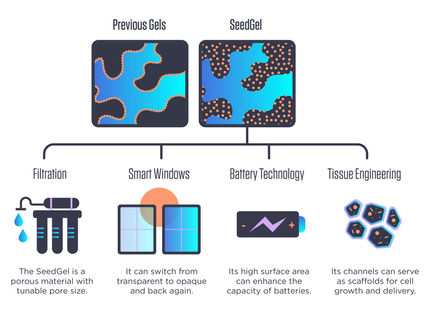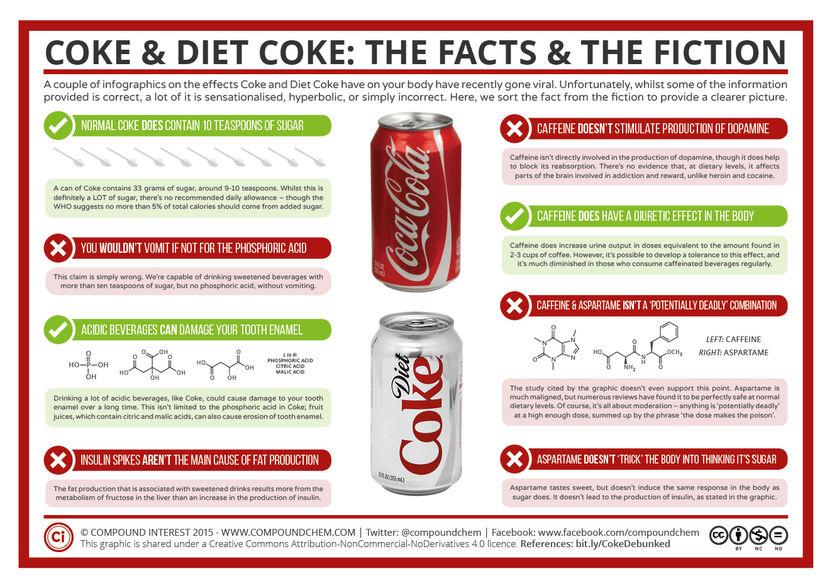Pea protein, Nanogels and Particle adhesion on surfaces
3 young trend-setters nominated for LUM science award YSA 2019
Advertisement
From 22-23 May 2019 LUM GmbH hosts the 9th International Conference dispersion analysis & Materials Testing in Berlin, Germany. Since 2014 the Young Scientist Award (YSA) recognizes outstanding scientific work by young researchers in the areas of particle and dispersion characterization and materials testing. The nomination of the candidates for 2019 is finished. From the selected three nominees from Europe and North America the winner will be awarded during the conference after the presentation of the results.
Kunal Kadiya of University of Saskatchewan, Dept. of Food and Bioproduct Sciences, Saskatoon, Canada, works on nanoemulsion based gels. In food industry they are to be used to replace unhealthy fats in food formulations. In pharmaceutical industry the gels have to deliver bioactives at targeted sites in the human body. The use of a Dispersion Analyser LUMiSizer for the stability characterization of the gels and for the prediction of the mechanism of gelation is an essential part of the nominated topic: “Influence of excess emulsifier on the gelation behavior and stability of oil-in-water nanoemulsions”.
Only few doors further, in the Laboratory of Food Nanotechnology, Saskatoon, SK, Canada, Chi Diem Doan investigates pea protein nanoparticles and the resultant nanoparticle-stabilized Pickering emulsions. Those emulsions are expected to possess high resistance to coalescence, which is one of their most beneficial characteristics over conventional emulsions. A wide range of applications exists in cosmetics, pharmaceuticals and food. For all a high stability against physical separation due to various environmental conditions is required, the universal tool for investigation is again the LUMiSizer. Chi Diem Doan is nominated for her work “Dual efficiency of accelerated centrifugation using LUMiSizer in evaluating the stability of pea protein nanoparticles and the resultant nanoparticle-stabilized Pickering emulsions”.
Richard-Sebastian Moeller, Karlsruhe Institute of Technology, Germany, puts his research focus on on the adhesion phenomena in the baker’s trade. Dough pieces are placed on proving cloths for rising. The challenge arises from the necessity of the sticky dough pieces to release quickly, fully and reliably from the cloths when tipped over. Dough or flour residues tend to spoil readily in the moist and warm atmosphere of the rising cabinet, and nourish mold and mildew. With his nominated research work ”From the Life of Proving Cloths“ Moeller significantly contributes to a better understanding of particle adhesion on surfaces. He issues hands-on instructions for the hygienic design of woven cloths, and for cleanly maximizing their service life. The LUMiSizer is used here for the determination of mechanical particle properties using centrifugal technology.
Other news from the department science
Most read news
More news from our other portals
See the theme worlds for related content
Topic World Particle Analysis
Particle analysis methods allow us to study tiny particles in various materials and reveal their properties. Whether in environmental monitoring, nanotechnology or the pharmaceutical industry, particle analysis gives us a glimpse into a hidden world where we can decipher the composition, size and shape of particles. Experience the fascinating world of particle analysis!

Topic World Particle Analysis
Particle analysis methods allow us to study tiny particles in various materials and reveal their properties. Whether in environmental monitoring, nanotechnology or the pharmaceutical industry, particle analysis gives us a glimpse into a hidden world where we can decipher the composition, size and shape of particles. Experience the fascinating world of particle analysis!

























































